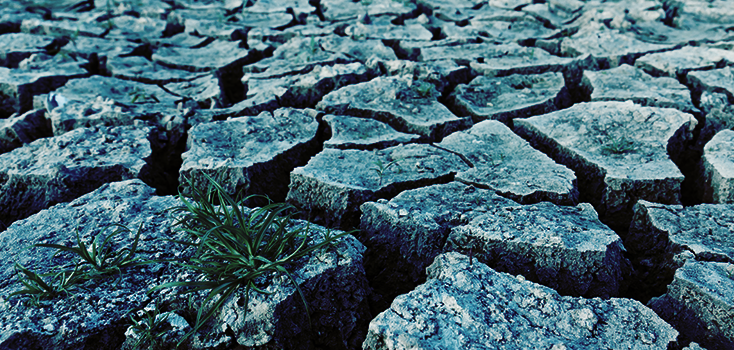
Health emergencies due to climate change: Resilience actions to counteract
The earth’s average temperature has been steadily increasing in recent decades – the emergency generated by the resulting climate change is also concerning health problems.
In 1997, the United Nations held the Kyoto Conference to combat climate change. Aa a result almost all nations signed the so-called Kyoto Protocol on Climate Change for mitigate the outcomes. However the suggested mitigation strategy has not yet yielded the desired results. In order to preserve the quality of life on Earth and in particular the health and well-being of citizens it is necessary to focus on adaptation strategies, to counter the effects of climate change (CC) on most vulnerable people and environments, by two measures: Increasing their resilience through local interventions and targeted resilience actions. Recently, in Italy, a National Integrated Plan for Energy and Climate (PNIEC) has been defined – it will be adopted in 2020.
An element of the living environment is resilient, if its capacity to adapt to climate change is increased. Therefore, when it comes to the protection of citizens, another fundamental aspect of resilience is their active participation (individual citizens, businesses and the education sector) in resilience action projects. To achieve more effective resilience actions to counter the effects of climate change in an urban area and to get the best results, it is essential to prepare projects to reach efficient resilience actions for affected areas, in order to safeguard the environment and preserve the quality of life, in particular, the health and well-being of citizens. The initial part of the projects needs to involve a careful preliminary environmental study of the area with all the territorial aspects at a local and, if necessary, regional scale.
Some examples of resilience actions in urban areas are already given:
“Vertical forests” aims to reduce the amount of CO2 in the air through a high concentration of plants on buildings. This would control the microclimate, and reduce the effects of heat islands and urban pollution.
“Meteoric water” is the idea of a renewable and local water source that only requires simple and economical treatments. As an example, rainwater could mitigate some of the effects of global warming when used in artificial in waterfalls, water fountains, mist, or along paths. It can also be used to wash paved areas (roads, squares, parking lots), for the irrigation of green areas, (lawns, gardens), and to provide water for firefighting tanks.
Another example shows the use of biodynamic cement in which, on exposure to sunlight, the active ingredient in the material allows certain pollutants in the air to be “captured”, transforming them into inert salts. This contributes to freeing the atmosphere from smog and particulate matter also affecting the microclimate.
All these actions, and many more, could likely counterbalance the traumatic effects of climate change, with an obvious advantage not only in the physical health, but also in the psychological balance and mental health of potentially involved people.
Source:
Maria Cristina Mammarella and Giovanni Grandoni (2019): Resilience actions to counteract the effects of climate change and health emergencies in cities: the role of artificial neural networks. In: Ann Ist Super Sanità 2019 | Vol. 55. Formerly at Agenzia Nazionale per le Nuove Tecnologie, l’Energia e lo Sviluppo Economico Sostenibile (ENEA), Rome, Italy

